Table of Contents
Charles of Bourbon is often considered the first ruler of Naples in the Bourbon dynasty, but the first real Bourbon king to rule over southern Italy was his father Philip V, who, however, in 1707 had had to renounce the Neapolitan throne in favor of the Habsburgs of Austria. Charles of Bourbon was an example of what is commonly referred to as an "enlightened ruler" in that he liked to surround himself with politicians, artists and intellectuals of the time who were carriers of the ideas of theEnlightenment.
The Spanish ruler thus played an emblematic role in the history of the city of Naples as he worked hard to restore it to its former glory. Thanks to him, today we can admire the excavations of Pompeii, Herculaneum and Stabia, and important architectural works such as the Teatro di San Carlo, the Reggia di Portici and the Reggia di Caserta.
The Life of Charles of Bourbon
Charles of Bourbon was born in Madrid in January 1716 and was heir to 3 great European dynasties as great-grandson of the King of France and descendant of the Farnese of Parma and the Medici of Florence on his mother's side. His mother's own Elizabeth plotted to secure her son a throne in Italy. Soon, political convergences and fragile balances in Europe favored Elizabeth's plans.
In fact, after the Treaty of Vienna in 1731 Charles became Duke of Parma and Piacenza and heir to the Grand Duke of Tuscany. Taking advantage of the Polish War of Secession, in 1734 Charles of Bourbon marches to southern Italy and conquers the kingdoms of Naples and Sicily. Following the peace signed in Vienna, he was crowned king of Sicily in Palermo in 1735 and in 1738 was recognized as sovereign of the two states, but in return he was forced to cede the Duchy of Parma and Piacenza to his younger brother.
Parent of the Bourbon Two Sicilies, he soon ushered in a happy period of economic, cultural and political revival. In Naples he was to take the name Charles VII of Naples, but he never accepted any numbering, preferring a simple Charles to highlight the fact that he was ruler of an independent state.
You might be interested
Romeo and Juliet on stage at the Bracco Theater in Naples: a classic for schools
per person Book
Admission ticket to the Neapolis Sotterrata and the Basilica of San Lorenzo Maggiore
per person Book
The Museum of the Treasure of San Gennaro and the Royal Chapel in Naples (entrance fee)
per person Book
Private guided tour of the Royal Palace of Naples
per person Book
MAV Museum of Herculaneum
per person
Because of his young age and temperament, he was not immediately able to impose his opinion in his first years in government, influenced by the Spanish parent company and his wife Maria Amalia of Saxony. After initial difficulties in the early days, Charles of Bourbon in the 25 years of his Neapolitan reign brought about many urban transformations and initiated several major public works, which are still present in the city today.
At the same time he sought to curb the privileges of clergymen, who were protected by fiscal and judicial immunity. These very actions brought him into conflict with Pope Clement XII, a clash later mitigated by the Treaty of Accomodation of 1741.
Charles of Bourbon's rule over Naples lasted until 1759, when his brother was called to succeed him. Ferdinand VI to the throne of Spain. Before returning to Madrid he abdicated in favor of his son Ferdinand and gave Naples the Farnese Collection, currently on display at the Capodimonte Museum.
Charles' last years in Spain were seen as a mixture of light and shadow, in contrast to the positive impact of the Neapolitan period. Indeed, the final phase of his life is marked by disagreements with his son and wife Maria Carolina in Naples, who were determined to disrupt Spanish hegemony at court.
Meanwhile, Spain comes out defeated by the Seven Years' War and some colonial territories are lost, including Ceuta, Gibraltar and Melilla, which pass to the British. Foreign policy failures are accompanied by economic development works to improve the backward Spanish society.
To limit the power of the Church, in 1767 the king expelled the Jesuits from the country, not without effect on the education system, and launched a series of urban reforms in Madrid. He is credited with the construction of the Prado Museum, one of Spain's best-known museum centers. Charles of Bourbon died in December 1788.
Charles of Bourbon's contribution to the development of Naples
The reign of Charles of Bourbon coincided with the years of the Neapolitan Enlightenment, the spread of which became especially popular around 1750, thanks to the contributions of intellectuals such as Pietro Giannone, Giambattista Vico, Gaetano Filangieri, Antonio Broggia and Antonio Genovesi. The latter was also the founder of the world's first chair of political economy.
Charles therefore fell in love with Naples and its people at first sight, so much so that he learned the Neapolitan language to be closer to his subjects. Because of this great sociocultural evolution, Naples soon became one of the great European capitals, a destination for the Grand Tourof people such as Stendhal and Goethe.
The mark left by the Spanish king, however, was mainly on the artistic, archaeological and architectural levels. Not surprisingly, he was responsible for the inauguration of the excavations at Herculaneum, Pompeii and Stabia, as well as the construction in a few months of the Real Teatro di San Carlo.
Following the threat of the British in the port of Naples during the war against Austria and England, the king wished to stay somewhere more inland and better protected, hence the idea of the Royal Palace of Caserta, designed by architect Luigi Vanvitelli.
Other architectural constructions include the Reggia di Portici, the Reggia di Capodimonte, the Acquedotto Carolino, the Real Albergo dei Poveri, and the renovation of the Royal Palace. Also in Capodimonte was established the Royal Factory of Capodimonte who was in charge of porcelain production.
Charles of Bourbon's contribution led to other important works such as the Piazza del Mercatello, the obelisk in Piazza del Gesù, the Pizzofalcone neighborhood, the Granatello Fort, and the Marinella and Chiatamone roads.

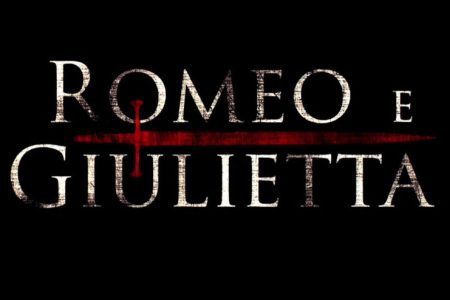
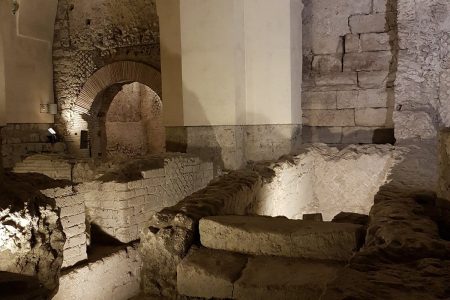
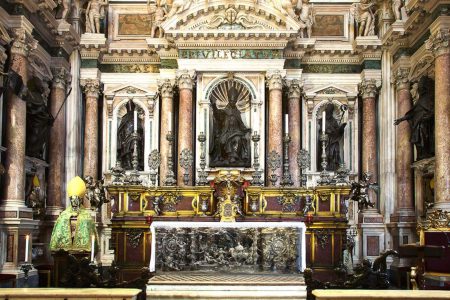
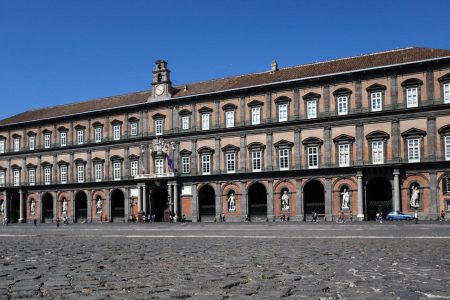
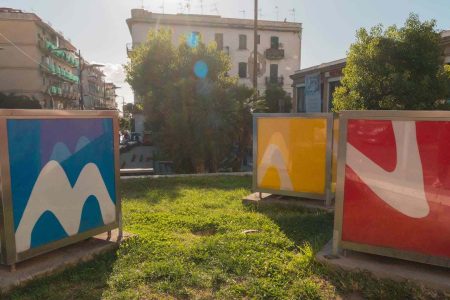
0 Comments